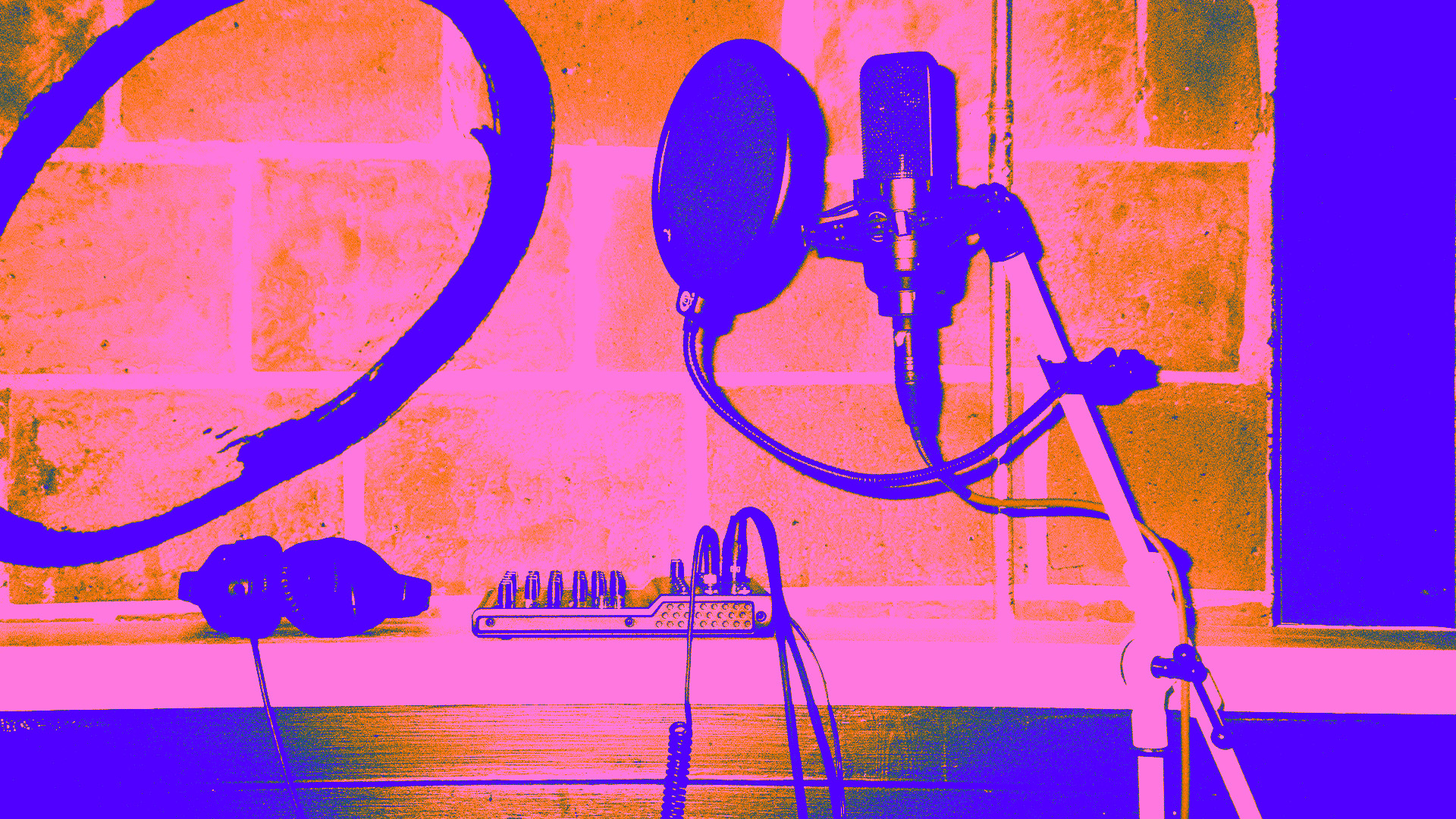Maybe you’ve been using your phone to conduct interviews, or the chat box in your live streams has been blowing up, and now you’ve realized a microphone can really level up your content. Well, you’ve come to right place.
Audio quality is key to high quality content – whether that’s music or the sound of your voice. Mixcloud does its part by providing you with HQ Audio. But you can do your part by choosing the right microphone for your craft.
Whether you’re broadcasting or recording a DJ set, radio show, or podcast choosing a microphone can be intimidating. First off, mics can range anywhere from $100 to $1000. If you’re just starting out with your first mic, all of the different specifications like pick-up patterns, XLR, or USB connections, are important to consider. This article is to help you sort through all those parameters so you can pick the right microphone best for your content!
The basics
There really isn’t one perfect piece of gear for every job and this couldn’t be truer than when it comes to picking the right microphone for you. It can amplify an instrument, as well as ambient room, but for the purposes of this tutorial, we’ll be focusing on microphones designed for the human voice.
Before we run through the models you could choose from, it’s important to understand one key variable: the pick-up pattern. Also known as directionality or polar pattern. This refers to where the mic will process or “pick up” sound and where it will muffle it. Fortunately, there are three kinds of directionalities that all pick-up patterns will fall under.
- Cardioid/ Unidirectional
- Bidirectional
- Omnidirectional
So let’s break these three down
The suffix ‘uni’ implies one. So a unidirectional microphone will only record sounds coming from a single direction (in front of it). ‘Bi’ implies two. So bidirectional microphones, then, will pick up sounds from both directions (always opposite directions). The prefix ‘omni’ means ‘everything’ or ‘all’ so an omnidirectional microphone will record from all directions.
Here’s a more detailed diagram of different pickup patterns to consider.

How to choose the right pick-up pattern
Typically for live streams, podcasts, and radio shows, we recommend either:
1. Cardioid/Unidirectional
This is the perfect pick for personal use and single voice content. This microphone is most sensitive from the front (so it will drown out environmental noise). But it does have a wide enough ‘listening’ angle to suit the host’s natural movement. So, if you’re looking to have an accessory to shout out or respond to what’s happening in the chat room, this is the mic is for you!
2. Bi-directional (Figure of Eight)
These mics will pick up sounds from the front and back but reject sounds from the side. It’s ideal when recording a conversation or interview with two subjects face to face.
Now that you know the types of microphones, let’s take a look at a few of the more popular unidirectional and figure-eight microphones, based on connection types (i.e the cable), XLR, and USB.
XLR microphones
These microphones have the typical male XLR connector that would connect to a mixer or audio interface.
- Shure SM7B – $399: This microphone has been a fixture in recording studios and radio stations for decades. Its construction is solid and built for the rigors of continued use. It is packaged with a detachable windscreen.
- Electro-Voice RE20 – $449: This is yet another great choice for users looking to capture smooth and warm voice recordings. Like the Shure option, it has a history of success in the pro audio and radio industry. Often being seen in broadcast and voice-over sound booths.
- Rode Pod Mic – $109: The Pod Mic from Rode is a great option for users wanting an XLR microphone that is a fourth of the price of its competitors. Some may say the sound capture doesn’t compare to more expensive options, it remains a favorite among streamers. Using interfaces is common in the radio/DJ industry so XLR inputs are widely available.
USB microphones
These microphones connect directly to a computer via USB and are usually cheaper. This is perfect for beginners because it reduces the amount of equipment needed to get started
- Rode NT USB (UNI $169.99): The Rode NT USB microphone has a cardioid pattern and offers great value for less than $200. It comes with its own desktop stand and can be mounted on a boom arm, has an included pop filter, a direct headphone output, and can even monitor both the audio going into the microphone (your voice) and the audio coming from the computer. This is especially helpful for music performers who are singing or playing along to a playback track from their own computer.
- Fifine K690 (adjustable $89.99): A great budget option that’s both versatile and durable. Its all-metal construction will hold up to repeated use. It comes with a desktop stand and features an adjustable pick-up pattern, enabling users to use it in stereo, cardioid, bi-directional and omnidirectional modes.
- Blue Yeti USB (adjustable $99.99): Similar to the Fifine, the Blue Yeti is a microphone with four adjustable pick-up patterns. It is so similar in price, build, and features to the Fifine K690, that it really comes down to user preference between the two.
That’s a quick look and microphone offerings for anyone looking to add this piece of equipment to your DIY studio set-ups. For more information on the different studio and live stream setups, check out our article on 4 ways to set up your live streams.
